What trends have dominated the European pet food industry over the past year?
Europe as a region has accounted for more than a third (36 per cent) of global pet care sales in 2023. The shift towards premium products continues to be one of the main trends in the market. Premium dog and cat food grew by 14 per cent in 2023. However, the impact of the cost of living crisis on the industry is not non-existent – some pet owners have turned to cheaper private label offerings, with the private label value share of dog and cat food growing ahead of inflation at 15 per cent in 2023. Overall, spending per pet in Europe will continue to rise – the average dog or cat owner has spent around 208 euros per year, an increase of 12 per cent in 2023 on the previous year. The volume consumed by dogs and cats also continued to grow, confirming that increased spending is not just an effect of inflation, but also better caloric coverage.
How have the Covid-19 pandemic, the energy crisis and most recently the cost of living crisis in Europe affected the European pet food market?
The cost of living crisis, fuelled by rising inflation and increasing food and energy prices caused by the war in Ukraine, has had little impact on pet care sales. Historically, the pet care industry has proven to be recession-proof or even recession-averse. It has grown during previous periods of economic hardship, such as the Great Financial Crisis and the Covid-19 pandemic. That is because the pet care industry has low income elasticity of demand – pet owners are more likely to cut back on their own spending before they cut back on their pet’s needs. As a result, the pet care market in Europe has continued to grow by 12 per cent in value by 2023, with products such as cat and dog treats and mixers, as well as pet healthcare, thriving alongside the essential pet food. Pet care sales, on the other hand, have seen a slight decline – a pendulum swing from the Covid years when there was strong growth in the pet population and, to a lesser extent, the cost of living crisis.
Have European pet food companies taken any steps to adapt to the changing market landscape and to cope with rising production costs?
The main steps taken by pet food companies have been to reduce the size of packs, which means that consumers have to buy a new pack more often, generating more revenue for the brand owner. In addition, pet food production is becoming more localised, so there is less need for imports, reducing costs and carbon…

 Menü
Menü

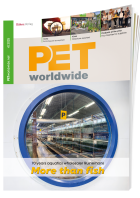






 5/2024
5/2024
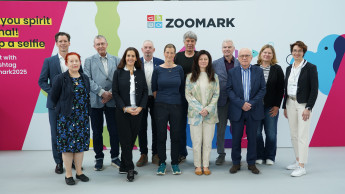


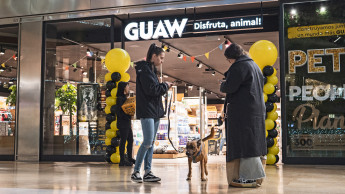
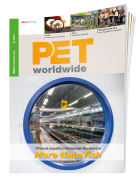

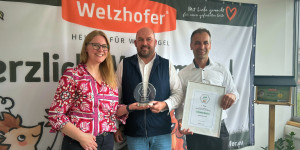


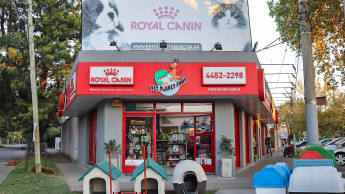
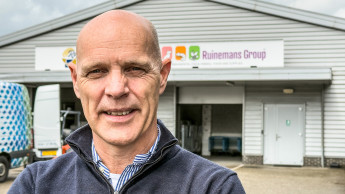
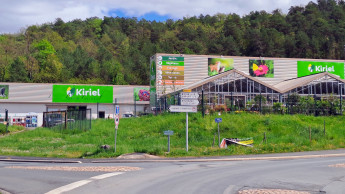
 Newsletter
Newsletter